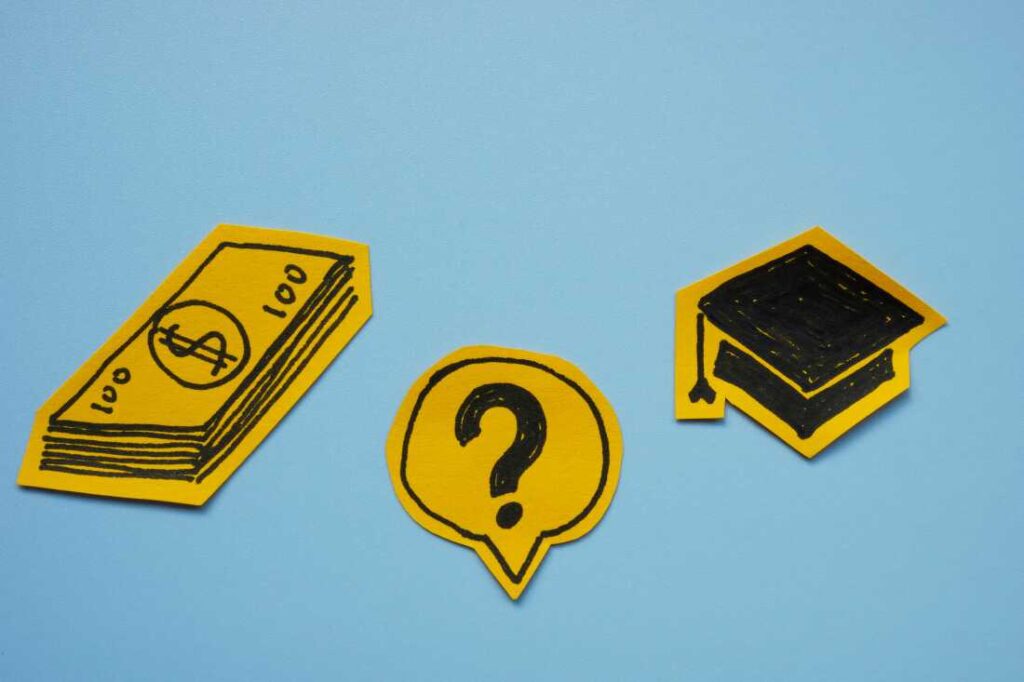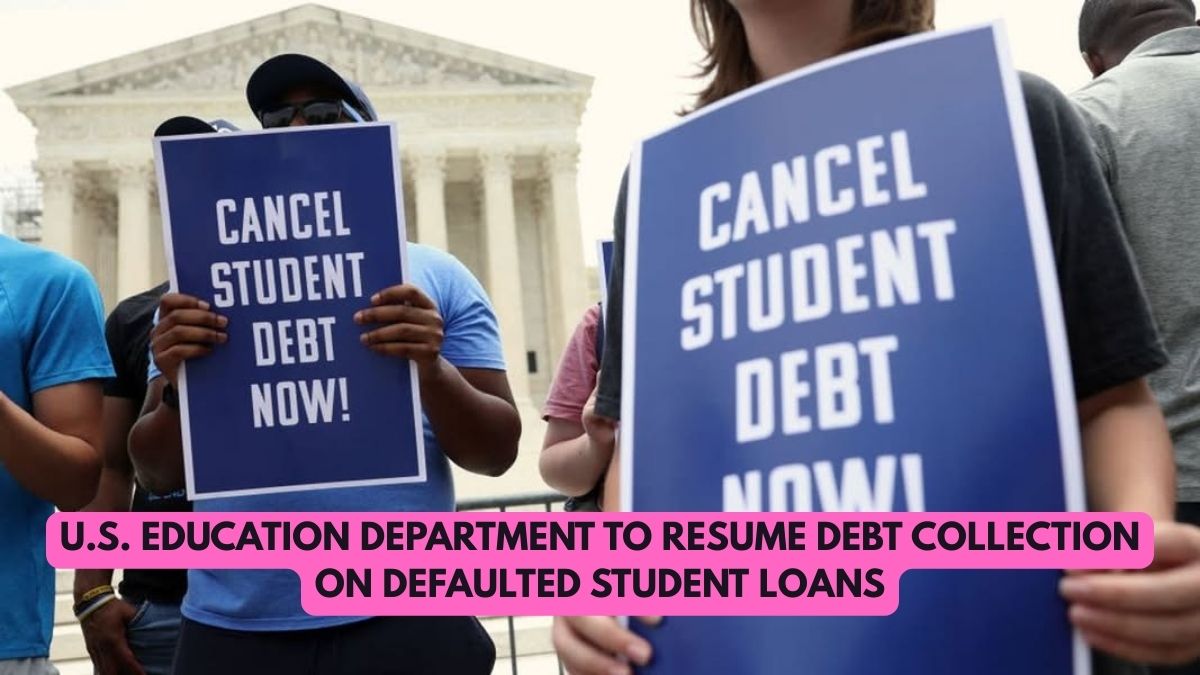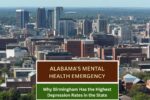April 24, 2025 | Washington, D.C. — The U.S. Department of Education has confirmed it will resume debt collection on defaulted federal student loans beginning May 5, 2025, ending a pandemic-era pause that lasted more than five years.
The announcement directly affects over 5.3 million borrowers currently in default and another 4 million who are in late-stage delinquency, according to recent reports by Axios.
What’s Changing?
Collections will restart through the Treasury Offset Program, a federal mechanism that allows the government to recover defaulted debts by garnishing wages, tax refunds, and even Social Security benefits. The Education Department said borrowers who haven’t taken action to resolve their defaults risk immediate financial consequences.

The COVID Pause is Over
Federal student loan payments were suspended starting in March 2020 as part of pandemic relief efforts. During this time, all collections, interest accrual, and wage garnishments were also frozen. That protection is now officially ending.
“After a long period of relief, we are returning to normal repayment operations,” said Secretary of Education Linda McMahon. “However, resources and options are available to assist borrowers in transitioning smoothly.”
How to Avoid Garnishment
Borrowers in default are urged to act now to avoid garnishment. Two primary options are available:
1. Loan Rehabilitation
Loan rehabilitation involves making nine monthly payments within 10 months, based on income and affordability. The benefit? The default status is removed from your credit report—providing a clean slate.
Learn more about rehabilitation at StudentAid.gov – Loan Rehabilitation.
2. Loan Consolidation
This process allows you to combine defaulted loans into a new Direct Consolidation Loan. You’ll need to either:
- Make three on-time monthly payments beforehand, or
- Agree to enroll in an income-driven repayment (IDR) plan.
However, both rehabilitation and consolidation can only be used once per borrower—choose wisely.
New Support Tools Available
The Department of Education is introducing extended call center hours, multilingual support, and even an AI chatbot assistant to help borrowers understand and choose repayment options.
Borrowers can also sign up for income-driven repayment (IDR) plans like the SAVE Plan, which caps monthly payments based on income and family size.

Critics Call Policy Harmful
Advocacy groups like the Student Borrower Protection Center argue that reinstating collections will hurt already-struggling families. “This is cruel and counterproductive,” the organization said in a public statement. “It will push vulnerable Americans deeper into financial distress.”
But federal officials defend the move, citing the importance of re-establishing a functional loan system. “We’re balancing borrower needs with accountability and economic recovery,” said McMahon.
Delinquency Still Rising
Currently, only about 38% of borrowers are current on their federal student loans. Millions are between 91 and 180 days delinquent, which means they’re close to defaulting. Once 270 days pass without payment, a loan is officially considered in default.
Defaulting leads to:
- Wage garnishment
- Seizure of tax refunds
- Lower credit scores
- Ineligibility for future aid
Act Now: Time is Running Out
Borrowers will begin receiving emails and letters from the Department of Education over the next two weeks, detailing their default status and repayment options. Experts warn that waiting too long could limit options or make resolution more expensive.
“Don’t wait for your employer to notify you that your wages are being garnished,” said student loan advisor Melanie Lockwood. “Start the rehabilitation or consolidation process today.”
Check your loan status and begin the process at StudentAid.gov.
Quick Resources for Borrowers
- ✅ Check Loan Status: https://studentaid.gov
- 💬 Contact the Default Resolution Group: 1-800-621-3115 or myeddebt.ed.gov
- 📄 IDR Plans (SAVE, PAYE, REPAYE, IBR): https://studentaid.gov/idr/
- 📘 Loan Consolidation Info: https://studentaid.gov/manage-loans/consolidation
- 🧾 Avoiding Garnishment Tips: Investopedia Guide
This article has been carefully fact-checked by our editorial team to ensure accuracy and eliminate any misleading information. We are committed to maintaining the highest standards of integrity in our content.

Deepak Grover is a dedicated content writer at OTE News, specializing in government affairs, public policy, and current events. With a keen eye for detail and a passion for factual reporting, he ensures readers receive accurate and insightful news. Deepak holds a degree in Political Science and has experience in research-driven journalism.
When not writing, he enjoys reading historical books, exploring hiking trails, and staying updated with global political trends. His commitment to ethical journalism makes him a trusted voice at OTE News.




